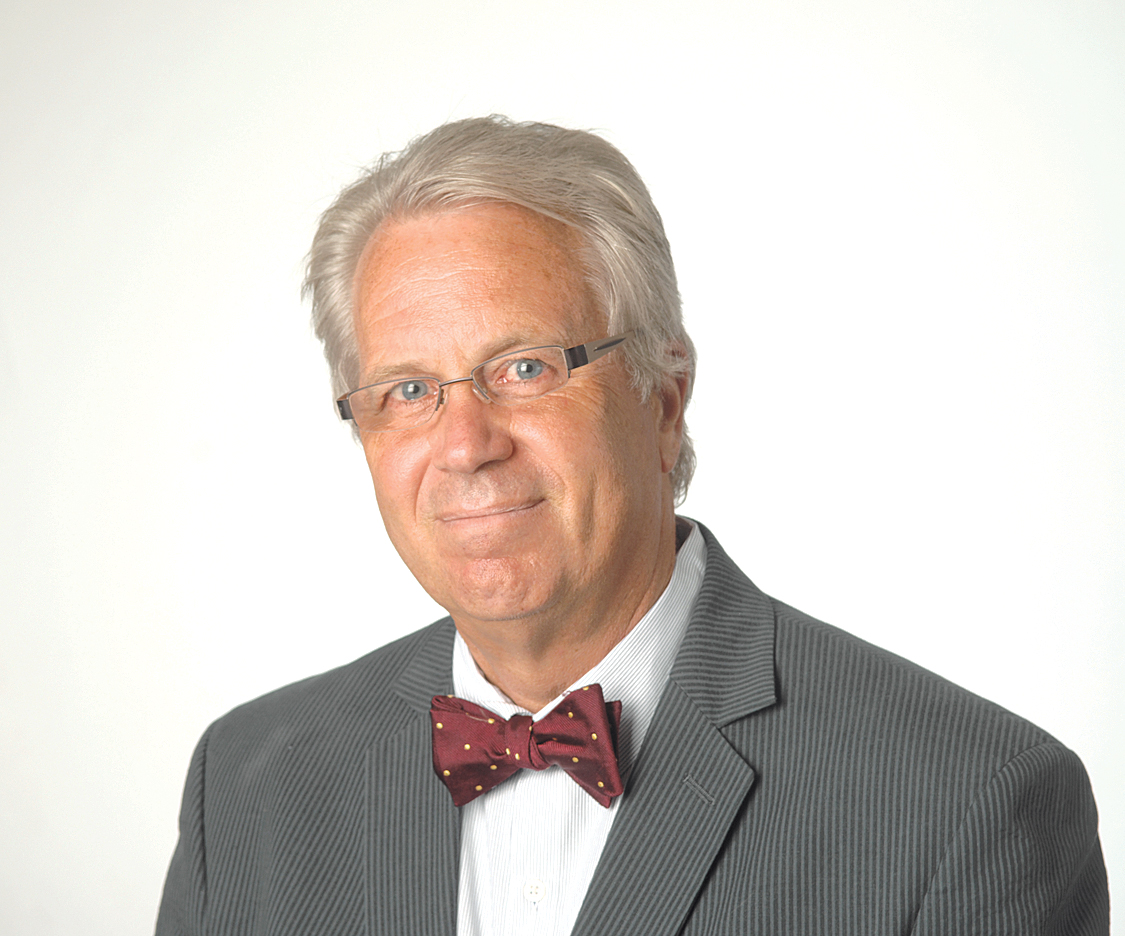The Elbert Files: Men of Woodland

Author’s note: Today, I focus on men buried in Woodland Cemetery. Next week, I’ll introduce you to the cemetery’s interesting women.
Imagine how upset you might be if the name on your tombstone was carved upside down, as it is in Woodland Cemetery on a monument for Wilson Greenland, who died in 1886.
Worse yet, Greenland was a sculptor who created graveyard memorials, including one shaped like a casket that can be found near his own grave.
“The mystery of the upside-down name … remains unsolved,” wrote local historian John Zeller in a new book “Woodland Cemetery in Des Moines: A History.”
Greenland’s story is one of 121 mini profiles in the 190-page book published April 29 by the History Press. Authors are listed as Mary Christopher and Mike Rowley, although nine local writers contributed to the effort. The book is available online and at Beaverdale Books for $24.99.
Woodland, Des Moines’ first public cemetery, pretty much grew up with the city. Roughly five acres was set aside for it by area farmers in 1848, three years before Fort Des Moines was incorporated. The original plan had the cemetery bordering today’s Grand Avenue, but its boundaries changed over time. Today, Woodland Cemetery covers about 65 acres and contains, according to various sources, between 40,000 and 50,000 bodies.
The first burial was the infant son of Judge Phineas M. and Wilhelmina (Grimmell) Casady in 1850. Many Des Moines pioneers, including F.M. Hubbell, Jefferson Polk and Wesley Redhead rest at Woodland, as do two Iowa governors and 30 Des Moines mayors.
Soldiers who fought on both sides in the Civil War are buried there, including five union generals and one confederate colonel.
At least 15 freedom seekers and two conductors on the Underground Railroad are also permanent residents. Both conductors were said to be friends of the radical abolitionist John Brown.
Freedom seeker Jefferson Logan went on to become a prominent east-side Republican after the war and managed the Black-owned Iowa Bystander newspaper. Logan was “famous for his annual Possum Suppers,” which were attended by business leaders, governors and senators.
An important 19th-century feature was the cemetery’s receiving vault, a structure built into a hillside. “It was built to store bodies when the ground was too frozen to dig graves,” wrote contributor Kristine Bartley, a sixth-generation Des Moines resident.
The vault could hold up to 100 bodies in an underground room, kept cool year-round with chunks of river ice. At the time, Bartley noted, many coffins “featured a pane of glass over the face,” so relatives could confirm identities before spring burials.
A particularly melancholy aspect is Woodland’s Baby Hill, which contains the remains of 536 infants. Many belonged to families headed west; others died in the early 1900s, often of typhoid or cholera. Their original markers were wooden crosses that “weathered away.”
In 2006, cemetery tour guide Gerald LeBlanc launched an effort to place headstones on the graves. He initially raised enough for 196 headstones. The local chapter of the Daughters of the American Revolution raised money for 93 more stones before Iowa Gov. Terry Branstad raised funds to complete the project. On April 23, 2017, the full component of 536 headstones were dedicated, marking the year each child died, but not their names.
Branstad’s nonprofit Iowa History Fund also helped restoration efforts at mausoleums marking the final resting places of former Iowa Gov. Samuel Merrill, who laid the cornerstone for the Iowa Capitol in 1871, and insurance salesman Absalom Morris, who died in 1877.
Unusual monuments at Woodland include children’s markers shaped like small beds, complete with stone pillows. There is a triple bed for the three young children of Jefferson and Julia Polk. A stone tree marks the grave of Joseph Quincy, a livery stable worker.
The cemetery also includes the graves of electric car inventor William Morrison, and B.F. Allen, the banker who built Terrace Hill.
Like sculptor Greenland’s grave, Allen’s tombstone contains a major mistake. The dates of his birth and death are each off by two years, according to author Christopher.

Dave Elbert
Dave Elbert is a columnist for Business Record.






